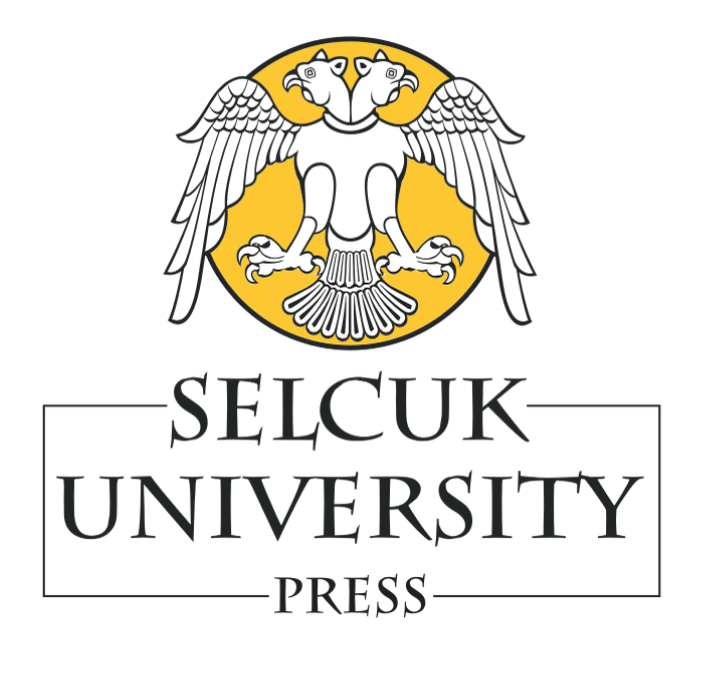| 1998, Cilt 14, Sayı 2, Sayfa(lar) 057-061 |
| [ Türkçe Özet ] [ PDF ] [ Benzer Makaleler ] |
| Feeding High Producing Dairy Cows During The Dry Period and Hypocalcemia |
| M. Ali Tanör |
| Purina Besin Maddeleri Sanayi ve Ticaret A.Ş. İSTANBUL |
| Keywords: Dairy Cow, dry period,.hypocaIcemia, cation, anion |
| Downloaded:4826 - Viewed: 3398 |
|
Improper feeding of the dıy cow can result in decreased lactational and reproductive performances. The aim of the dry period is to minimise the metabolic and nutritional disorders at calving, to increase the dry matter intake for increased milk production at post partum, allowing the gromh of foetus, regenerating the mammary glands arid to allow the cow to achieve optimum reproduction after calving. In European countries hypocalcemia concern 5-10% of the dairy cows. Hypocalcemia can also be a cause of ketosis, retained placenta, metritis, displaced abomasum and mastitis. Recent studies have shown that risk of milk fever is much more correlated to the dietaıy cation-anion balance rather than the Ca/P ratio or the concentrations of Ca and P. A negative dietary cation-anion balance (-200 to -300 meq/Kg DM) during the dry period did prevent the milk fever risk, decreased the metabolic disorders and improved the reproductive performance of the cow.
|
| [ Türkçe Özet ] [ PDF ] [ Benzer Makaleler ] |





